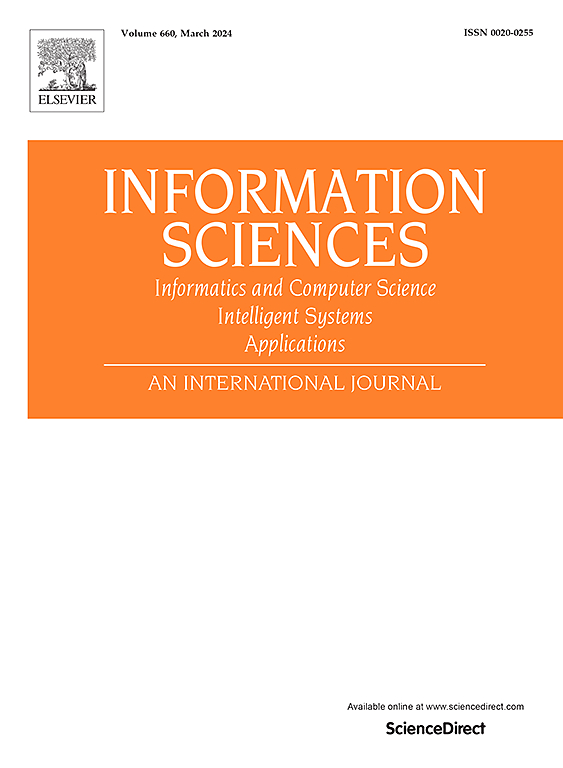Semantic enhanced bi-syntactic graph convolutional network for aspect-based sentiment analysis
IF 8.1
1区 计算机科学
0 COMPUTER SCIENCE, INFORMATION SYSTEMS
引用次数: 0
Abstract
Previous work on fine-grained sentiment analysis focuses on establishing the semantic correlations between words by means of attention mechanisms. More recently, effects of syntax-based models, applying graph convolution operation over dependency trees, are highlighted due to their superiority. However, these methods still have deficiencies. For one thing, little aspect-specific information is considered during semantic modeling of contextual words, which introduces irrelevant noise toward the aspect. For another, current syntax-based approaches either ignore the syntactic constituent knowledge, or fail to maintain the syntactic information from the reconstructed constituent tree. As such, no relation among words, phrases and clauses is built. In this work, a Semantic Enhanced Bi-Syntax Graph Convolutional Network (SEBS-GCN) is proposed to enhance semantics of context to the aspect, and capture the sentiment relevance among words, phrases and clauses. Specifically, we devise an aspect-aware gated mechanism to obtain the aspect-aware feature, based on the semantic correlations between the specific aspect and its contexts. Furthermore, the syntax information of the constituent tree is sufficiently exploited to analyze the hierarchical structure and the logical relation among words, phrases and clauses, based on which to capture the sentiment clues of the aspect.
基于方面的情感分析的语义增强双句法图卷积网络
以往的细粒度情感分析主要是通过注意机制建立词间的语义关联。最近,基于语法的模型,在依赖树上应用图卷积操作,由于其优越性而得到强调。然而,这些方法仍有不足之处。一方面,在上下文词的语义建模中很少考虑特定于方面的信息,这给方面引入了不相关的噪声。另一方面,当前基于语法的方法要么忽略了语法成分知识,要么无法维护重构的成分树的语法信息。因此,单词、短语和分句之间没有建立联系。本文提出了一种语义增强的双语法图卷积网络(SEBS-GCN),以增强上下文对方面的语义,并捕获词、短语和从句之间的情感相关性。具体来说,我们设计了一种基于特定方面与其上下文之间的语义相关性的方面感知门控机制来获取方面感知特征。进一步,充分利用成分树的句法信息,分析词、短语和子句之间的层次结构和逻辑关系,并以此为基础捕捉方面的情感线索。
本文章由计算机程序翻译,如有差异,请以英文原文为准。
求助全文
约1分钟内获得全文
求助全文
来源期刊

Information Sciences
工程技术-计算机:信息系统
CiteScore
14.00
自引率
17.30%
发文量
1322
审稿时长
10.4 months
期刊介绍:
Informatics and Computer Science Intelligent Systems Applications is an esteemed international journal that focuses on publishing original and creative research findings in the field of information sciences. We also feature a limited number of timely tutorial and surveying contributions.
Our journal aims to cater to a diverse audience, including researchers, developers, managers, strategic planners, graduate students, and anyone interested in staying up-to-date with cutting-edge research in information science, knowledge engineering, and intelligent systems. While readers are expected to share a common interest in information science, they come from varying backgrounds such as engineering, mathematics, statistics, physics, computer science, cell biology, molecular biology, management science, cognitive science, neurobiology, behavioral sciences, and biochemistry.
 求助内容:
求助内容: 应助结果提醒方式:
应助结果提醒方式:


